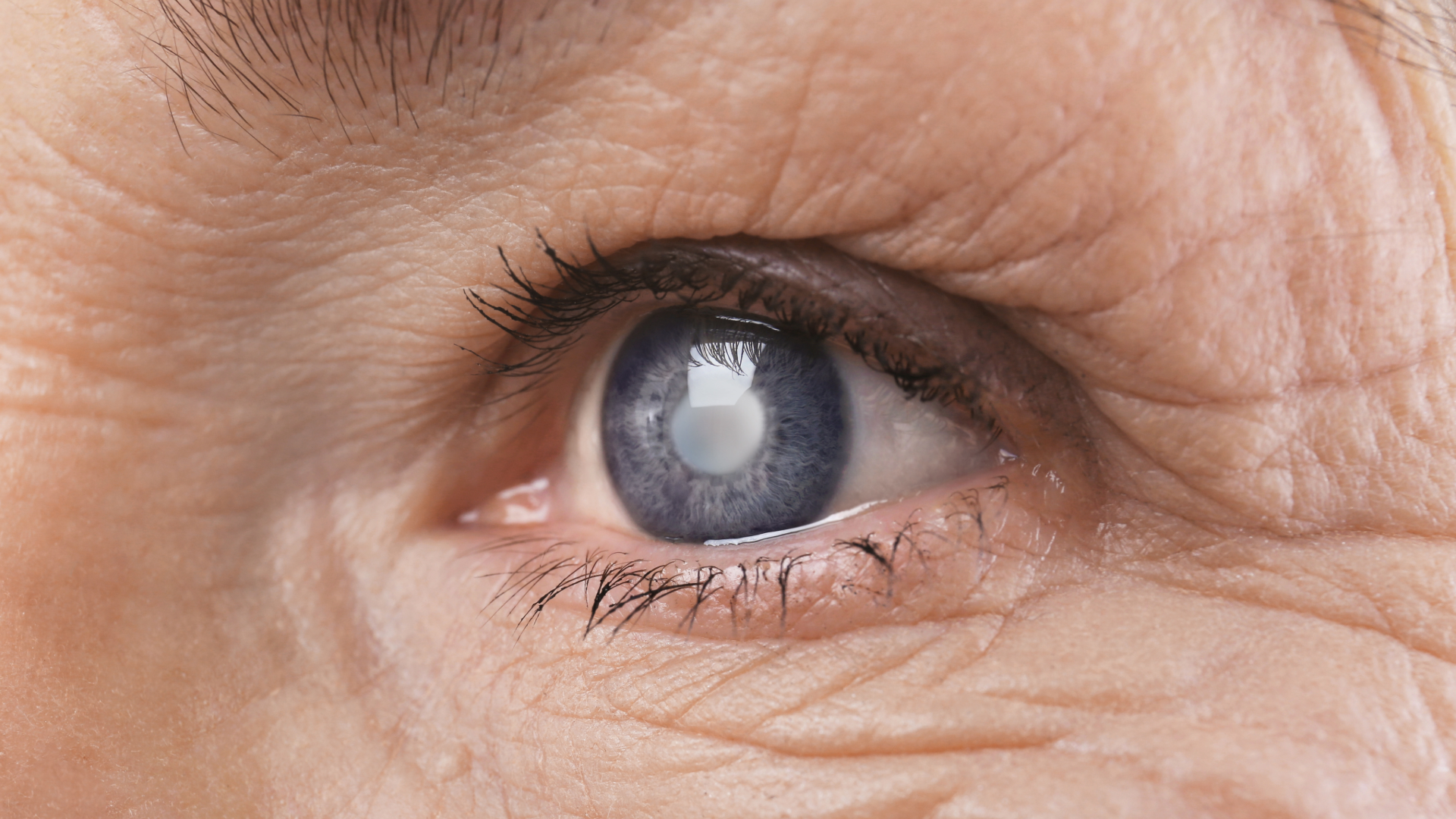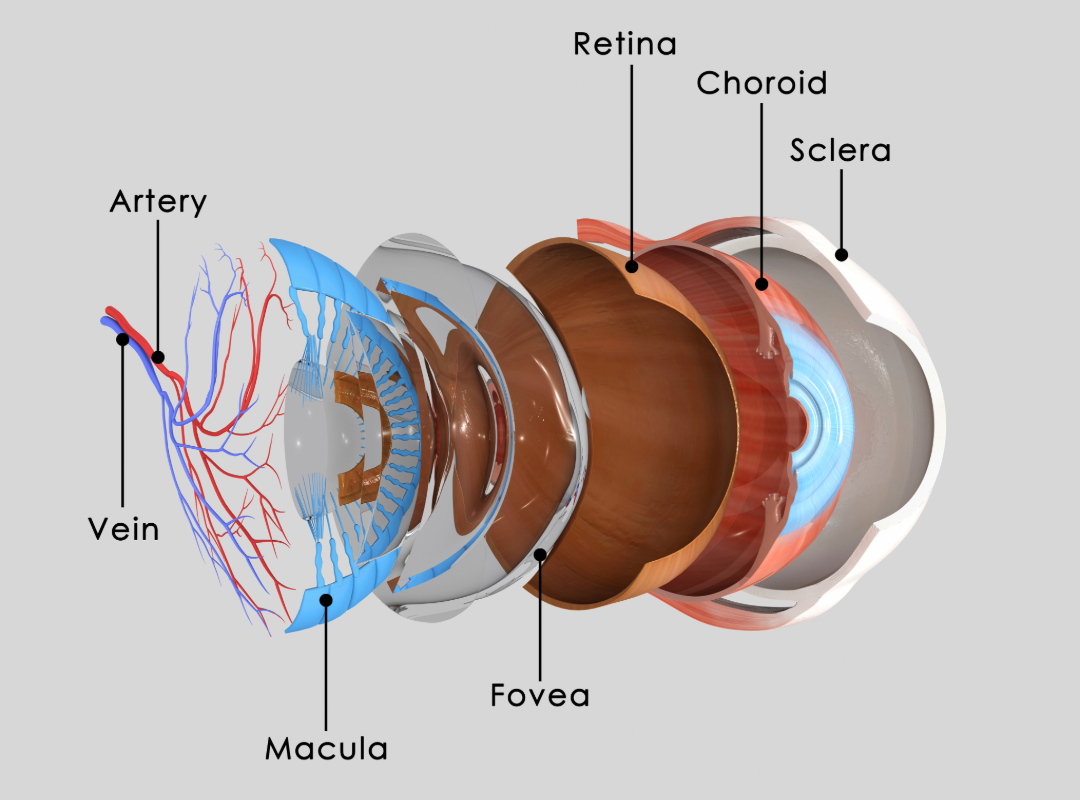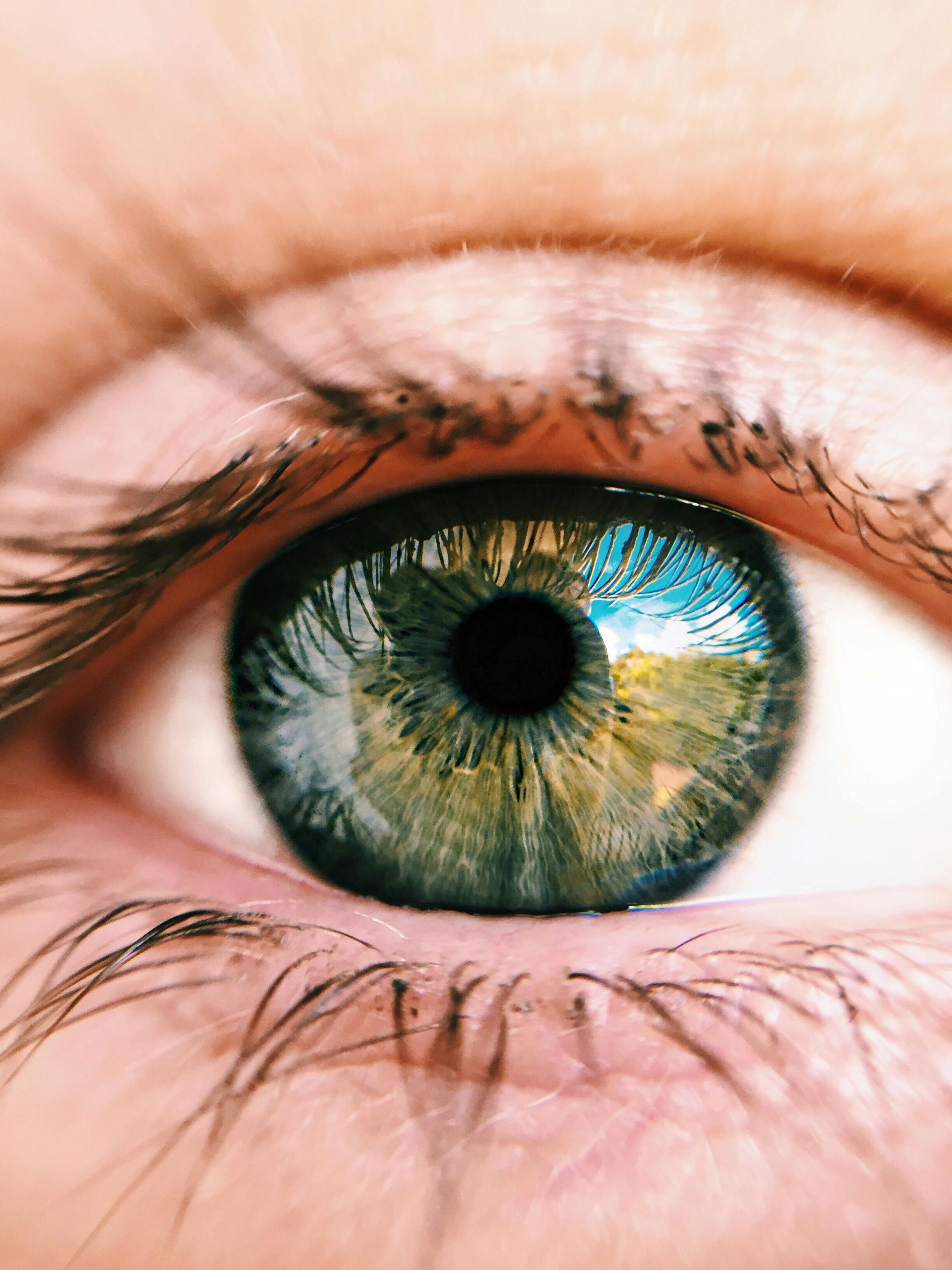Cataracts
Causes, Symptoms, Diagnosis, and Treatment
What is a Cataract?
Cataracts are the clouding of the eye's naturally clear lens, which causes blurry or foggy vision. They can range from tiny spots of cloudiness to larger opaque regions, leading to a significant blurring of sight. Over time, cataracts can make it difficult to see clearly, particularly at night.
Experiencing cloudy vision?
Don’t let cataracts hold you back! Schedule an appointment with our optometrists today.
Symptoms of Cataracts
Cataracts form silently, without causing pain or redness. Some signs that a cataract might be developing include:
- Cloudy or blurred vision that is not improved with prescription glasses
- Persistent feeling of a film over the eyes that persist even with blinking
- Sensitivity to light and glare
- Challenges with nighttime vision or a temporary alteration in near and far sight.
- Colours appearing faded or yellowed
Common Causes of Cataracts
Cataracts typically develop in both eyes, though often at varying rates. They can be caused by:
- Aging: The primary factor, as proteins in the lens deteriorate over time. Most commonly observed in individuals over 60, though they can occasionally appear in younger individuals, including newborns.
- Systemic Conditions: Health issues such as diabetes can heighten the risk.
- UV Exposure: Exposure to UV light or sunlight without adequate eye protection (like sunglasses outdoors or goggles in tanning beds) can contribute to cataract formation.
- Smoking and Alcohol: Both exposure to cigarette smoke and excessive alcohol consumption have been associated with an increased risk of cataracts.
- Medications: Some medications may also elevate the likelihood of developing cataracts.
Diagnosing Cataracts
Our optometrists at Saugeen Vision Centre can diagnose cataracts a comprehensive eye exam that includes specific tests, such as:
- Visual Acuity Test: Measures vision clarity at various distances.
- Slit-Lamp Examination: Allows a close look at the eye’s structures.
- Retinal Exam: Checks the back of the eye for signs of cataracts.
Treatment Options for Cataracts
In the initial stages of a cataract, where vision remains only slightly impaired, your optometrist may occasionally prescribe new lenses for your glasses to optimize your sharpness of vision. However, this serves merely as a temporary fix.
When cataracts begin to hinder your daily activities and corrective glasses can no longer enhance your vision, cataract surgery is the next step. This is the only effective and enduring treatment for a cataract to replace the hazy lens with a clear artificial implant. Your optometrist will refer you to an ophthalmologist (eye surgeon), who may suggest the surgical removal of the cataracts and discuss the risks and limitations involved.
Risks of Untreated Cataracts
If untreated, cataracts can severely impair vision, leading to loss of independence and even blindness in advanced cases. Early diagnosis and treatment are essential.
Regular eye exams are crucial in catching signs early and helping you find the appropriate treatment plan. If you’re experiencing symptoms of cataracts, contact your optometrist for a comprehensive assessment and to explore the best options for your eye health.









